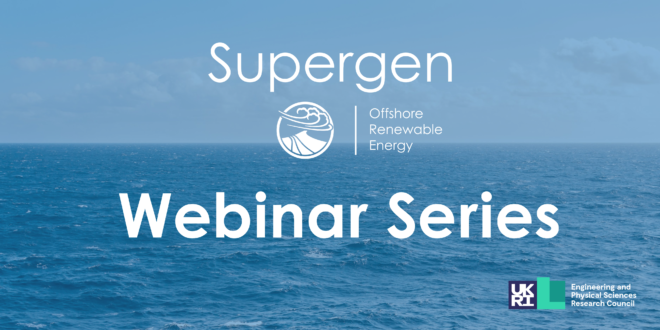Assessing the likelihood of collisions between deep-diving seabirds and tidal stream turbines is a main component of environmental impact assessments (EIA). Existing models rely on existing measurements of diving behaviour in non-energetic environments, even though diving behaviour in tidal stream environments is probably different. They also do not consider variations in feeding strategies among sites, even though foraging strategies depend on physical conditions and prey communities. These shortcomings are linked to the challenges of recording animal behaviour in tidal stream environments. The resultant uncertainty in EIA can delay or prevent installations, hindering commercial development. Most attempts to overcome these challenges focus on developing technological approaches such as biologging and hydroacoustics, even though these methods are fundamentally unsuitable and/or impractical. The proposed project uses existing knowledge of vulnerable species (black guillemot, European shag) to adapt conventional approaches (shore-based surveys and fish traps) and provide information relevant for the assessment of collision risk in Shetland, UK. Specifically, this information is used to understand whether and why diving behaviour of vulnerable species differs among locations, improving existing models of collision risk and reducing uncertainty in EIA.











